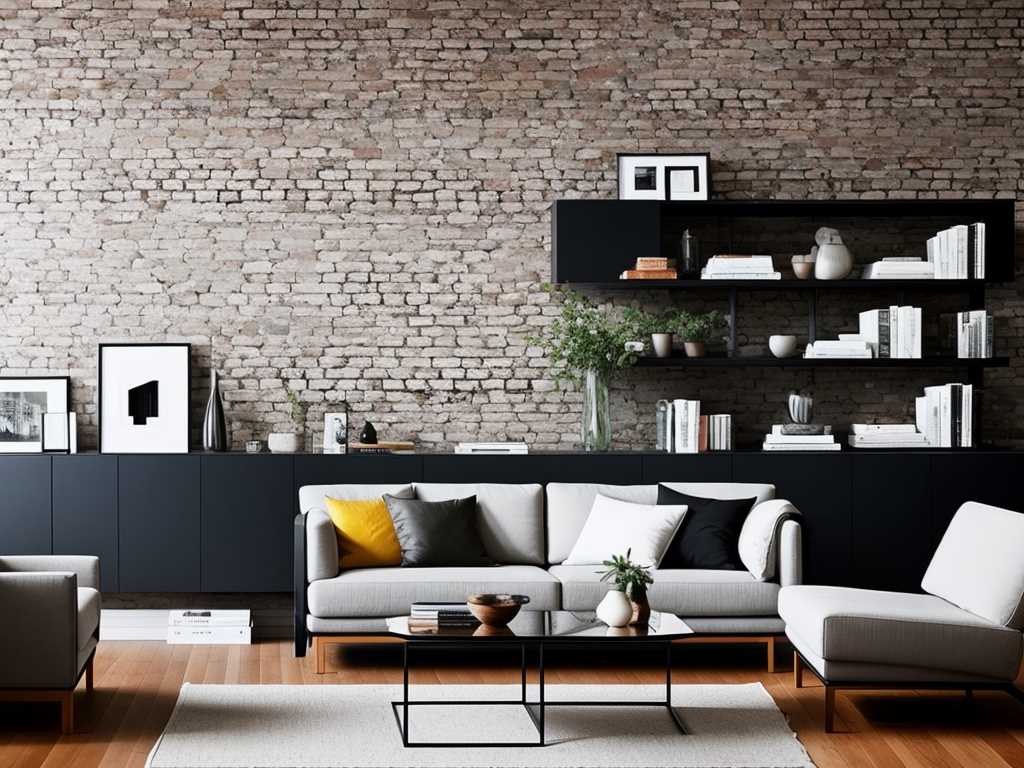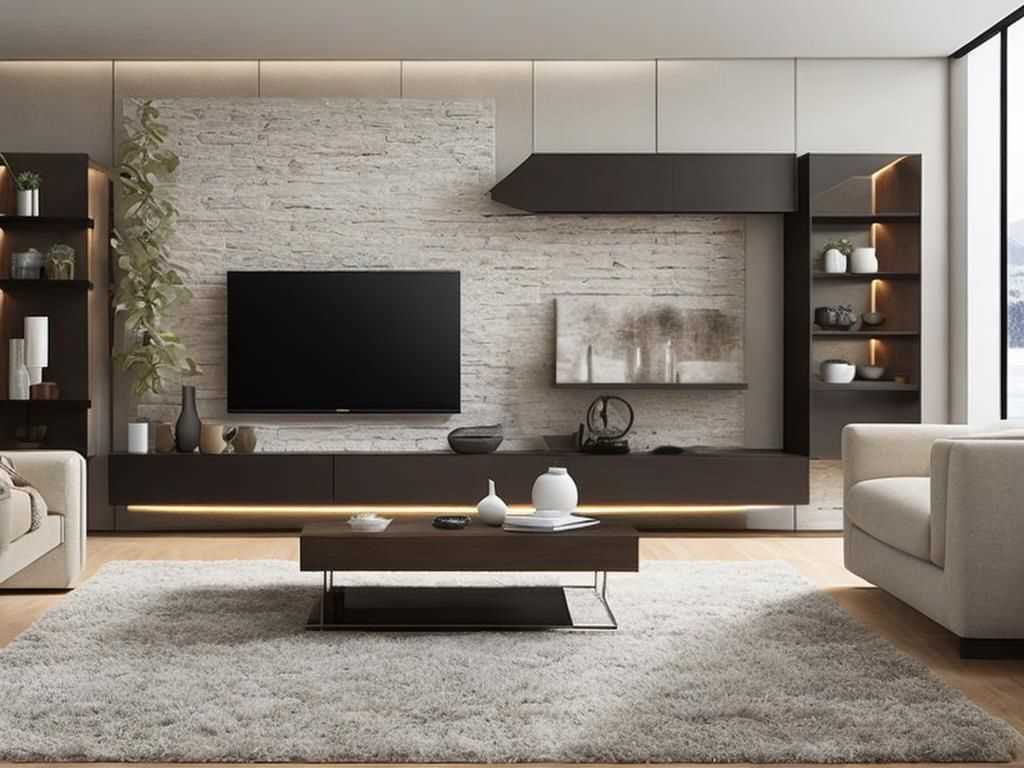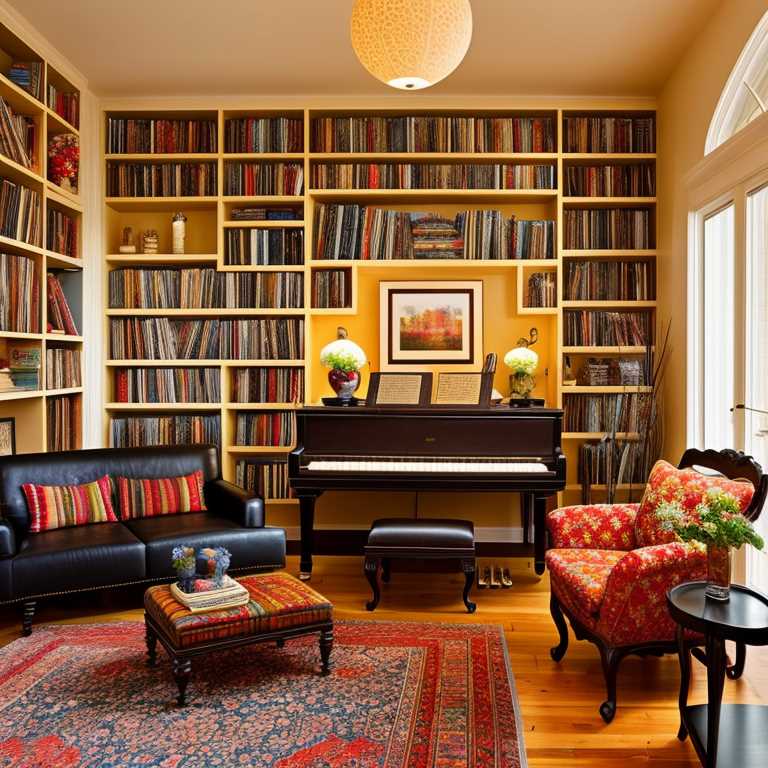
The piano is a classic instrument that can add elegance, charm, and character to any living room. Whether you are a professional pianist or simply a music enthusiast, incorporating a piano into your living room can be a great way to improve the aesthetic value of your space. However, it can be challenging to properly integrate a piano into your living room without compromising the overall aesthetic of the space. In this article, we will discuss some useful tips on how to incorporate a piano into a living room.
1. Choosing the Right Spot
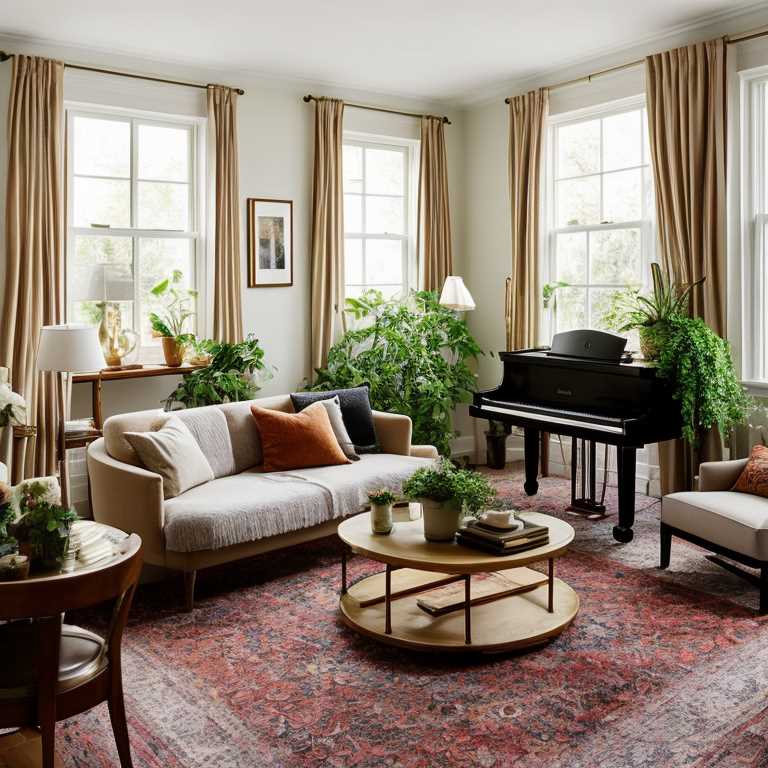
Before incorporating a piano into your living room, you need to choose the right spot for it. Ideally, the piano should be placed in a location where it will not obstruct the flow of traffic in the room. It should also be placed in an area where it can be easily accessed for playing. If you have a large living room, you can place the piano in a central location to make it a focal point of the room. However, if you have a small living room, you may need to be more strategic in your placement of the piano.
2. Consider the Size of the Piano
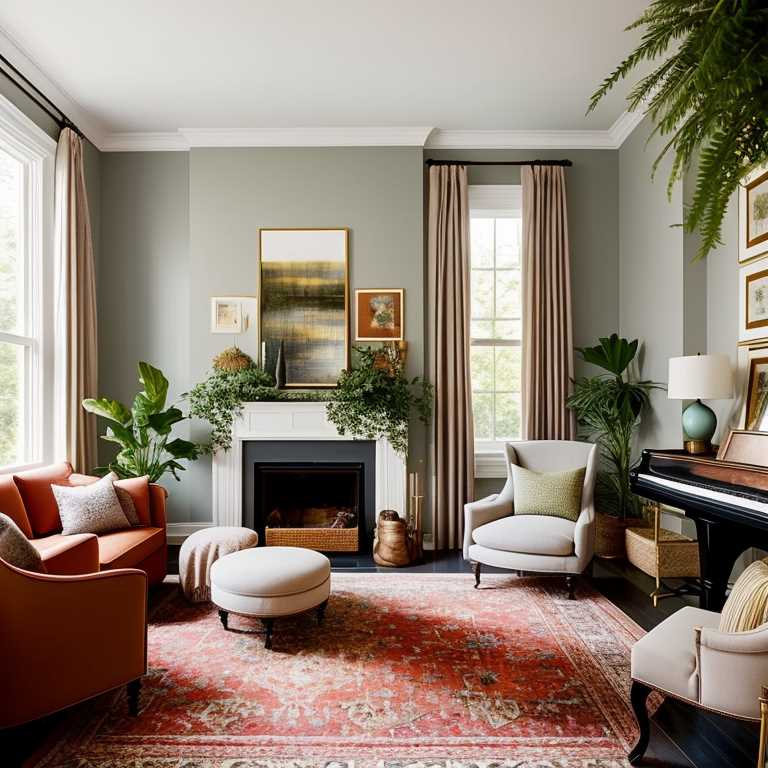
The size of the piano is a crucial factor to consider when incorporating it into your living room. If you have a small living room, you may need to opt for a smaller piano to avoid making the space feel cramped. However, if you have a larger living room, you can choose a larger piano to create a more dramatic effect. Additionally, the size of the piano will also determine the amount of space you need to allocate for it. You should ensure that there is enough space around the piano for people to move around and for other furniture pieces.
3. Match the Piano to the Living Room Décor

When incorporating a piano into your living room, it is essential to match it to the décor of the room. The piano should complement the existing furniture pieces, colors, and textures in the room. If you have a modern living room, you may want to opt for a sleek, black piano to match the minimalist look of the space. However, if you have a traditional living room, you may want to opt for a more ornate, wood-finished piano to match the classic look of the space.
4. Add Seating for Piano Playing
If you plan to use your piano for playing, it is essential to add seating to the living room. This can be in the form of a comfortable chair or bench near the piano. Ensure that the seating is comfortable, and the height is appropriate for playing the piano. You can also add some throw pillows or a cozy blanket to make the seating area more comfortable and inviting.
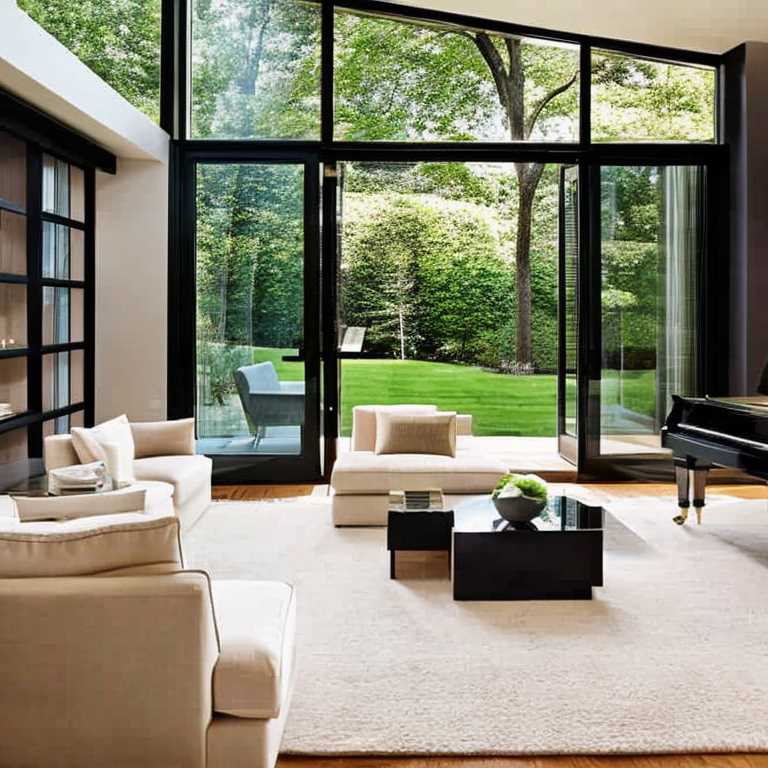
5. Incorporate Lighting
Lighting is an essential element in any living room, and it can be used to accentuate the piano. You can use a lamp or pendant light to highlight the piano and create a warm, inviting atmosphere. Additionally, you can also use natural lighting by placing the piano near a window. This will allow natural light to illuminate the piano and create a beautiful, serene ambiance.
6. Accessorize the Piano
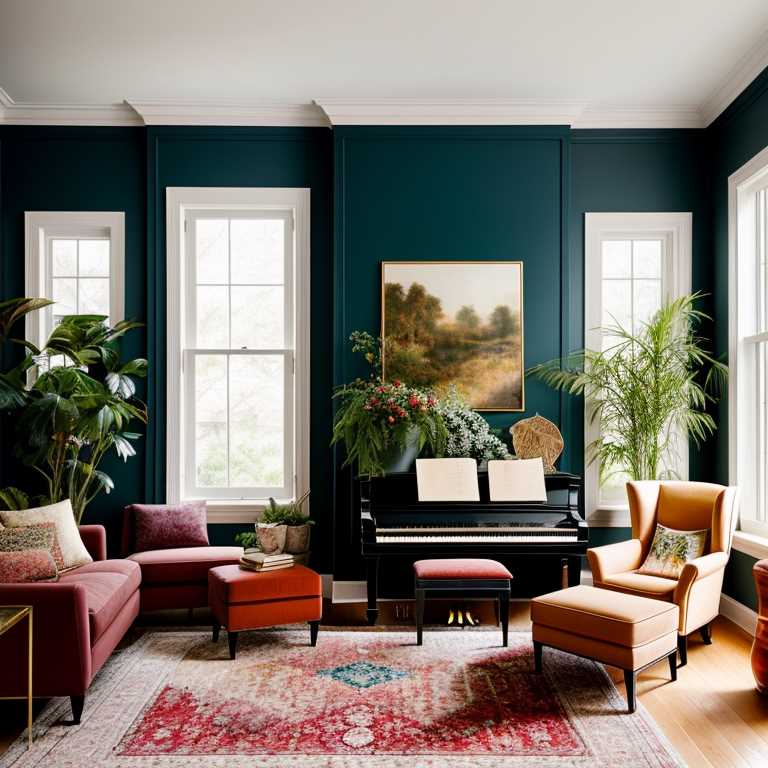
Accessorizing the piano can be a great way to enhance the overall look of your living room. You can add some decorative items such as candles, vases, or picture frames on top of the piano. Ensure that the accessories complement the overall décor of the room and do not distract from the piano.
7. Incorporate Soundproofing
If you plan to play your piano regularly, it is essential to incorporate some soundproofing into your living room. This can be in the form of acoustic panels or curtains that will absorb the sound and prevent it from echoing throughout the room. Additionally, you can also place a rug or carpet underneath the piano to muffle the sound.
Incorporating a piano into your living room can be a great way to enhance the aesthetic value of your space. It is essential to choose the right spot for the piano, consider the size of the piano, match it to the living room décor, add seating for piano playing, incorporate lighting, accessorize the piano, and incorporate soundproofing. By following these tips, you can create a beautiful, inviting living room that features a stunning piano.

